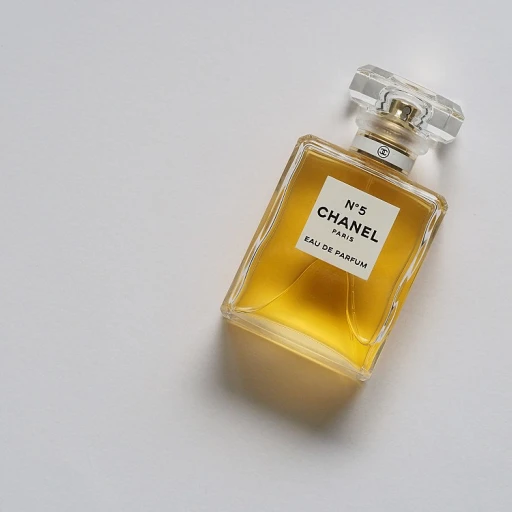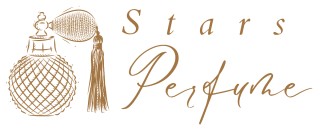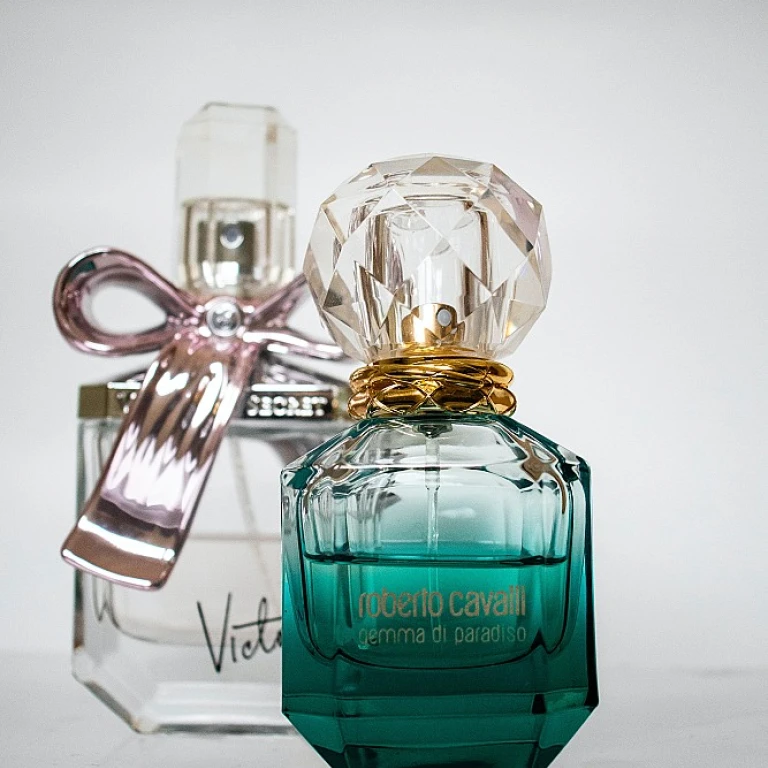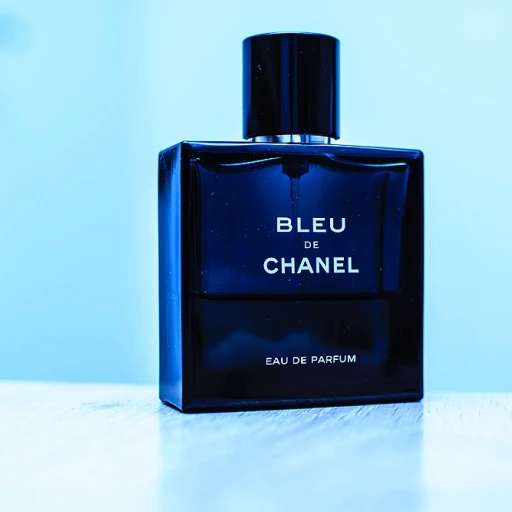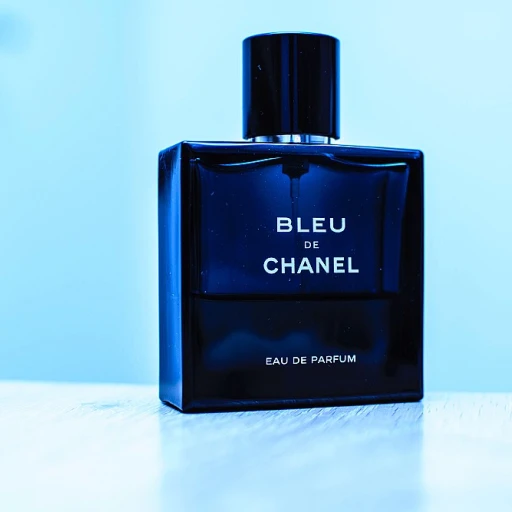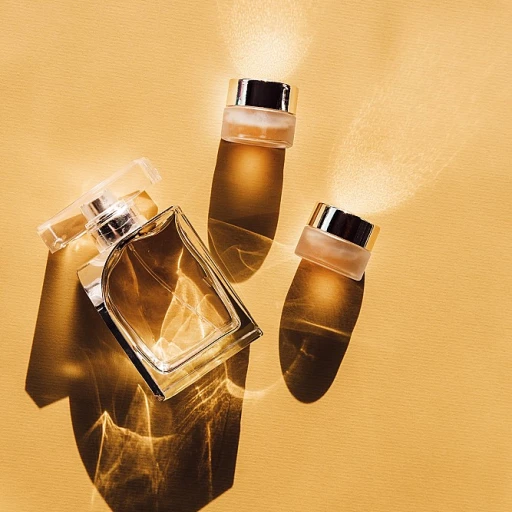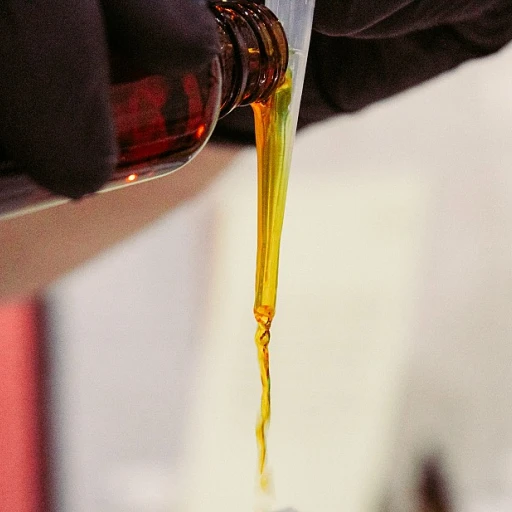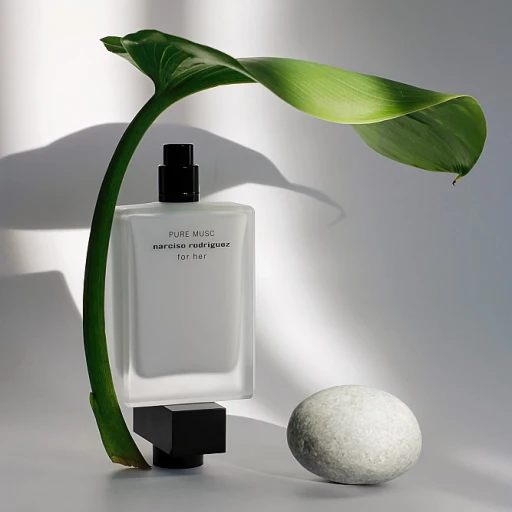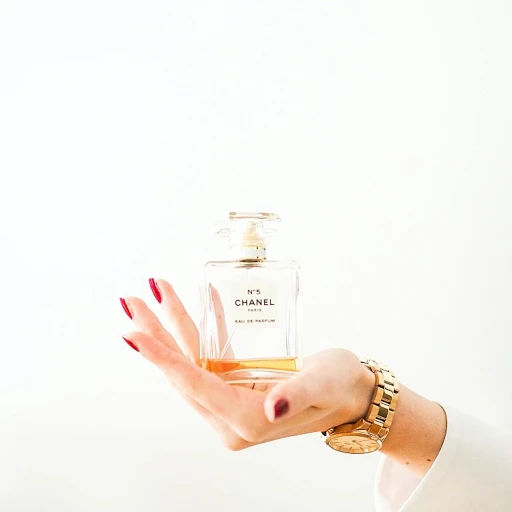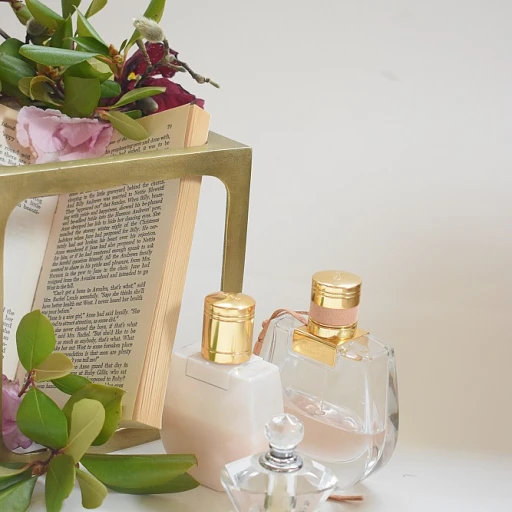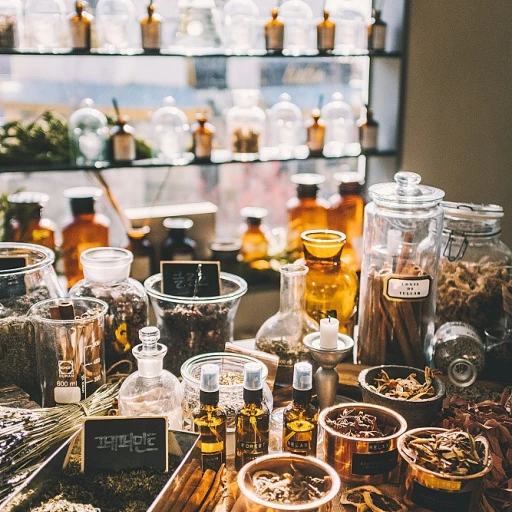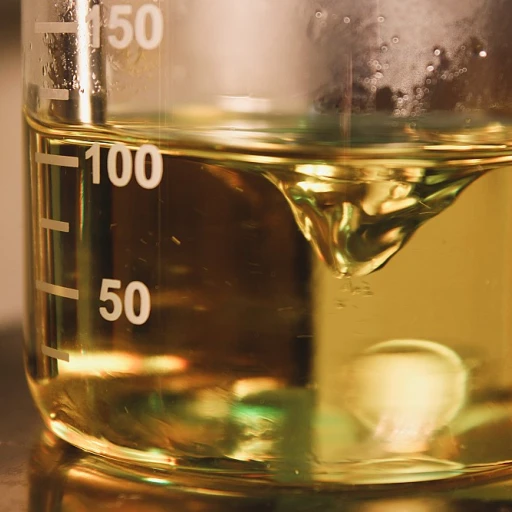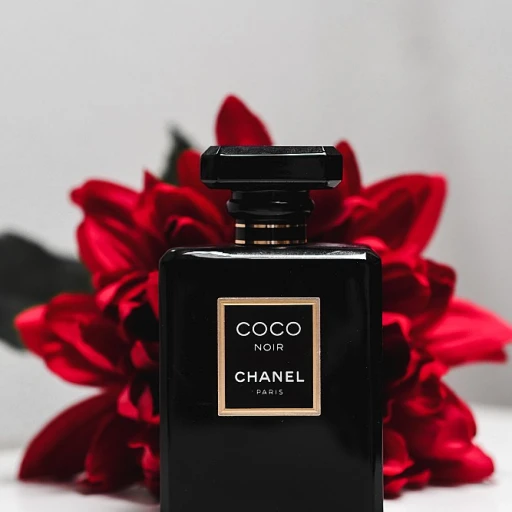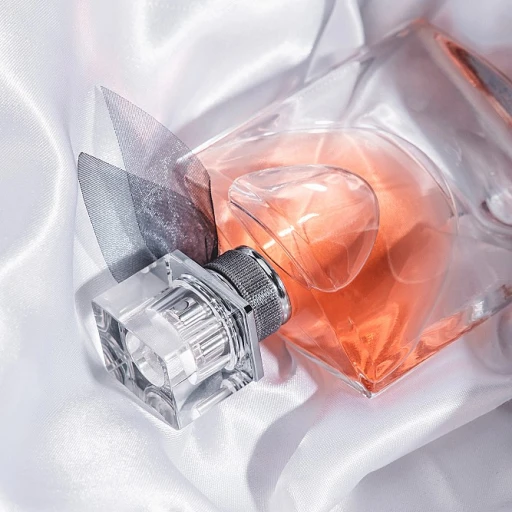Understanding Deodorized Cocoa Butter
The Subtle Transformation Process
Delving into the world of deodorized cocoa butter involves understanding the intricate process that transforms this rich, natural ingredient into a versatile component free of its intrinsic scent. While natural cocoa butter contains a warm, chocolate aroma, this fragrance is methodically removed to create deodorized versions using methods like steam distillation. This technique ensures that the cocoa butter retains its beneficial properties while eliminating the distinctive chocolate scent, making it ideal for fragrance applications where a neutral smell is desired.
Typically found in creamy butter wafers or as certified organic blocks, deodorized cocoa butter becomes a blank canvas in perfume making. It allows the diverse beauty of essential oils and aromatic components to shine. Choosing between natural and deodorized cocoa butters in your formulations influences not only scent but texture and consistency—a choice crucial for artisans and cosmetic companies alike.
The Role of Deodorized Cocoa Butter in Perfume Making
The Integral Ingredient in the Art of Fragrance
Deodorized cocoa butter plays a vital role in the intricate process of perfume making. Renowned for its subtle fragrance, this ingredient acts as a crucial carrier, locking in the aromas of various essential oils. With its base, perfume artisans craft complex notes that linger on the skin.
What sets deodorized cocoa butter apart from its natural counterpart is its neutral scent. In contrast, natural cocoa butter exudes a distinct chocolate aroma. This mildness endows deodorized wafers with unmatched versatility in creating diverse olfactory compositions. In fragrance creation, this neutrality allows the primary scents—be it floral, woody, or citrus—to shine without interference.
Additionally, this cocoa-derived product is highly favored for its creamy texture, which significantly enhances the stability and longevity of perfumes. As it melds seamlessly with other butters such as shea, it aids in achieving the perfect consistency for balms and solid perfumes. Its compatibility with various other botanical oils ensures perfume aficionados enjoy well-balanced aromatic experiences.
Comparing Deodorized and Natural Cocoa Butter
Cocoa Butter in its Natural vs. Deodorized Form
In the world of perfumery and skincare, the choice between natural and deodorized cocoa butter can dramatically influence the final product. Natural cocoa butter comes from raw cocoa beans, boasting a rich chocolate aroma and a creamy texture often found in products like lip balms and body butters. This scent-loaded form is optimal for those seeking an indulgent chocolate note in their fragrance journey, but it may not align with every perfumer's vision.
On the other hand, deodorized cocoa butter offers a more neutral scent palette, achieved through a refined process that removes its inherent aroma. This makes it a versatile ingredient in perfume making, allowing the other essential oils and notes to take center stage without interference. Many consumers prefer this adaptation for skin products like fair trade certified organic cocoa lotions or white shea butter soaps, where a subtle and sophisticated scent profile is desired.
Comparing the two, natural cocoa butter is prized for its authentic fragrance and composition, appealing to those who relish the original scent of cacao in their skincare routine. For instance, organic cocoa butter in its raw form might be sought after in luxury and niche markets despite its higher price per ounce. Meanwhile, deodorized cocoa butter, often available in bulk apothecary supply, caters to commercial fragrance products where versatility and a prime pressed finish are prioritized.
Whether in soap making or in crafting a balanced, unobtrusive blend like in innovative perfumes, both forms of cocoa butter hold their significance. The choice ultimately hinges on the desired experience and functionality, considering the raw allure of natural cocoa or the adaptive subtlety of deodorized varieties.
Sustainability and Ethical Sourcing
Sustainability in the World of Cocoa Butter
The journey of deodorized cocoa butter into the perfume industry is not merely a tale of incredible scent transformation but also a narrative of sustainability and ethical sourcing. As fragrance aficionados, it is important to acknowledge and support practices that ensure the well-being of our planet and its inhabitants.
Cocoa beans, the heart of both chocolate and cocoa butter production, play a crucial role in the economies of several tropical countries. The demand for products like organic cocoa and fair trade butter promotes sustainable agriculture and ethical trading principles. Certified organic and fair trade labels signal a commitment to fair worker conditions and environmentally sound farming practices.
When we delve into the production of both natural and deodorized cocoa butter—a staple in many prime pressed products like soap making and skin care—the emphasis on ethical sourcing becomes more evident. This includes conscientious selection and partnerships with suppliers who prioritize the environment.
Leading fragrance brands are keenly aware of consumer demand for sustainably sourced ingredients, reflected in the rising use of ethically produced cocoa butter in everything from perfumes to soap. The scents of cacao butter and shea butter are thus responsibly harnessed, ensuring they aren’t just delightful to the senses but also kind to the earth.
The cosmetics and fragrance industries are increasingly navigating the complex intersection of sustainability and price. Consumers, often concerned with the hallmarks of sustainability, appreciate when brands offer competitively priced essential oils and butters while maintaining ethical sourcing standards.
As these innovative products find their way into everyday beauty and personal care items, like deodorized wafers or white cocoa butter wafers, reviews often note not only the luxurious feel or captivating scent but also the admirable commitment to sustainability.
Thus, the allure of cocoa butter, whether deodorized or natural, lies not just in its versatility but in its ability to promote a positive impact on our world. The choice to integrate these elements into perfumes resonates with an intention of creating not only a captivating product but also a responsible one.
Innovative Uses of Cocoa Butter in Fragrance
Innovative Applications in the Fragrance Industry
In the ever-evolving world of perfumery, cocoa butter, particularly in its deodorized form, plays a versatile and innovative role. The refined nature of deodorized cocoa butter offers a neutral base, allowing scent creators to explore an array of olfactory possibilities without the interference of chocolate’s characteristic aroma.
Deodorized cocoa butter serves as a perfect complement to essential oils and other raw materials. Its smooth and easy-to-melt consistency makes it a sought-after ingredient in crafting high-quality perfume oils and solid perfumes. Unlike other oils and butters, the deodorized variation ensures that the fragrance's true notes shine through, untainted by the rich chocolate undertones found in natural cocoa butter.
Moreover, the moisturizing properties of cocoa butter contribute to its extensive use in skin-centric fragrance products like body lotions and creams. The harmony of fragrance and skincare benefits make cocoa butter an indispensable component for brands embracing multi-functional products. For instance, cocoa butter enriched lip balms and body butters cater to both aesthetical and health-conscious consumers, adding a layer of luxury with every application.
The use of fair trade and certified organic cocoa butter, often available in bulk or as deodorized wafers, appeals to eco-conscious consumers who prioritize sustainability in their purchases. This ethical sourcing framework aligns with wider consumer trends leaning towards transparency and socially responsible products.
In addition, the use of versatile cocoa derivatives, such as cacao butter wafers and prime pressed variations, presents numerous applications in soap making and artisanal fragrance products. The incorporation of natural and organic ingredients remains a driving force within the industry, often reflecting in product reviews that highlight both the eco-friendly credentials and the premium feel of the final products.
In conclusion, whether as a base for soap making, an enhancement in luxury creams, or a companion to essential oils, deodorized cocoa butter stands as an innovative and dynamic element in modern-day perfumery.
Consumer Perception and Trends
The Cocoa Scent That Captivates the Crowd
In the ever-evolving world of fragrance, consumer perception plays a vital role in shaping trends and preferences. Cocoa butter, with its unmistakably rich and creamy scent, has carved out a unique niche among perfume aficionados. Though deodorized cocoa butter is often used in creating subtle backgrounds to lush scents, its natural counterpart is celebrated for its ability to evoke immediate nostalgia for lush chocolate and creamy cacao concoctions.
The connection between cocoa butter and well-being is undeniably linked to the scent-memory phenomena. Fragrance enthusiasts often describe the aroma as comforting and evocative. This has led to popular consumer demand for products infused with cocoa, such as soaps, lip balms, and bespoke blends that incorporate certified organic cacao butter notes, shea butter, and essential oils.
Rising Trends in Cocoa Butter Perfumery
As consumers become more informed and conscientious about ingredients, the trends have shifted towards ethical sourcing. Certified organic, fair trade, and sustainability seals have become more than just labels; they guide purchasing decisions. Fragrance products that boast prime pressed cocoa butter and responsibly sourced raw cocoa wafers are seeing a significant increase in popularity.
Additionally, scented cocoa butter products often align with the growing interest in 'gourmand' perfumery—a trend where wearers are drawn to sweet, delicious notes reminiscent of their favorite foods. Reviews highlight that the warm, creamy profiles of these butters and oils allow users to indulge in luxury without the steep price, making it attractive per ounce in today's market.
Finally, the versatility of cocoa butter in perfumery continues to capture the attention of seasoned fragrance lovers and curious newcomers alike. The seamless blend of this ingredient in product lines varying from bulk apothecary supplies to artisanal creations showcases the ongoing appeal of this timeless scent.
For those fascinated by the innovative uses of cocoa butter, the wide array of fragrances available offers endless opportunities to explore the intersection of skincare and scent.
